
What do you do when your shipment is being rejected because the classification of the product is correct for transport, but the carrier’s internal system does not recognize the classification?
We were asked to help prepare a shipment for 5 (five) one-gallon paint cans to go via ocean freight. As per section 14 of the SDS, this product is classified as UN1263, Paint, Class 3, PG III. Based on the inner packaging quantity, this shipment was prepared as Limited Quantity. For ocean transport, class 3 material must show the flashpoint on the IMO declaration. Per section 9 of the SDS, the flashpoint for this product is shown as 10.5oC.
This was a well-prepared SDS because in section 14, under the IMDG column, it referenced IMDG section 2.3.2.2. This particular section of the IMDG clearly states that viscous flammable liquids such as paints, enamels, lacquers, etc., having a flashpoint of less than 23oC may be placed in packing group III as long as it meets the procedures set out in the Manual of Tests and Criteria.
The prepared IMO declaration was submitted to the shipping line with the shipping description as UN1263, Paint, Class 3, PG III, Limited Quantity, Flashpoint 10.5oC. A copy of the SDS was also submitted with the declaration. Well, guess what? They rejected it. Their reason for rejection was that their head office does not accept flashpoint 10.5oC with packing group III, and they provided the flammability table (section 2.3.2.6 of the IMDG). I responded by stating the classification for this material is in compliance with section 2.3.2.2, and in fact, PG III can have a lower flashpoint for such products as paint which is what was being shipped. I asked them to refer to the SDS that was submitted with the booking as the information on the IMO declaration represented the SDS of the material being shipped. I also requested that this section of the IMDG Code be reviewed by their senior regulatory personnel as this shipment shouldn’t be rejected for this reason.
They didn’t want to hear my suggestion and said it’s rejected. As expected, both myself and the freight forwarder handling this shipment were extremely disappointed with their service. These days there are already limitations on the availability of space on ships, and since the shipment has to be there within a certain timeframe, this shipment will now be shipped by air transport. So the client now has to absorb all the extra cost for absolutely no valid reason. And all because the shipping line’s head office didn’t want to review a section of the IMDG Code to accept a limited quantity shipment. I am still shaking my head on this one.
Stay up to date and sign up for our newsletter!
We have all the products, services and training you need to ensure your staff is properly trained and informed.
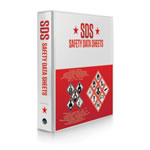 Safety Data Sheet (SDS) Services |
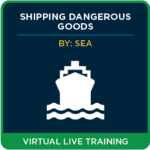 Shipping Dangerous Goods by Sea (IMDG Code) Training Courses |
 Shipping Dangerous Goods by Air Training Courses |
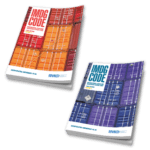 IMDG Publications |

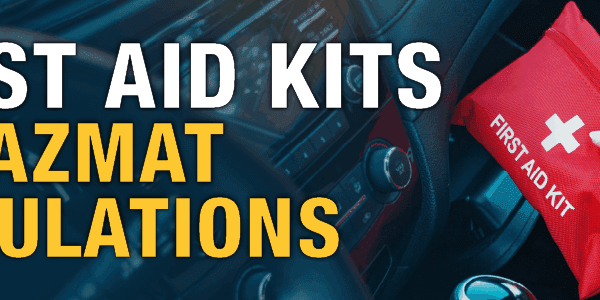

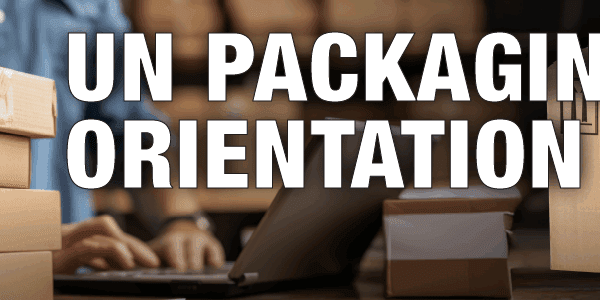


 ICC USA
ICC USA ICC Canada
ICC Canada